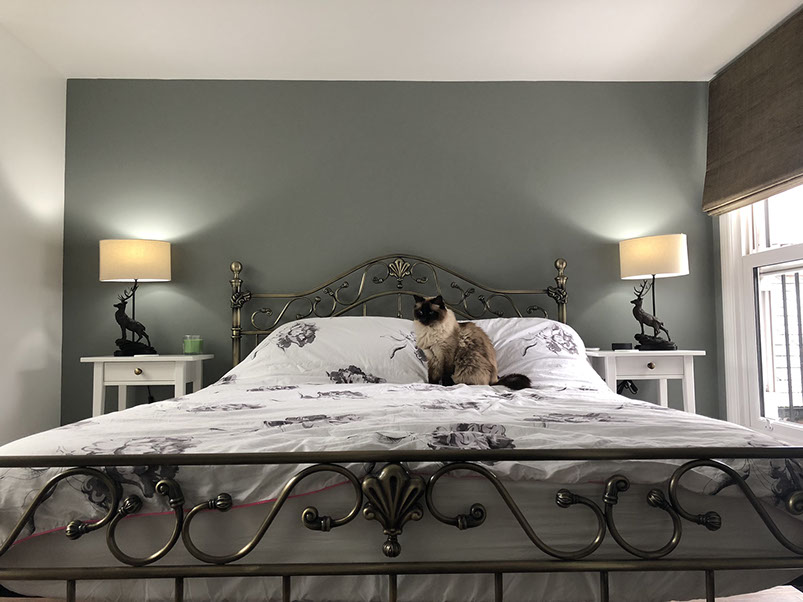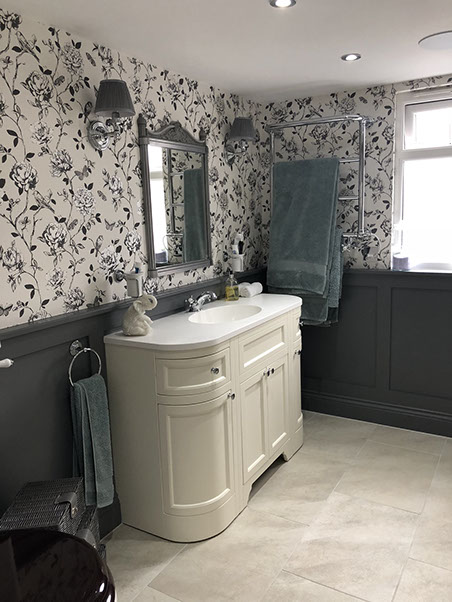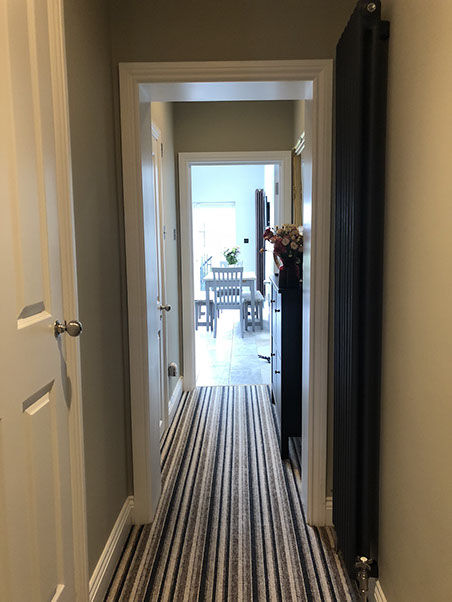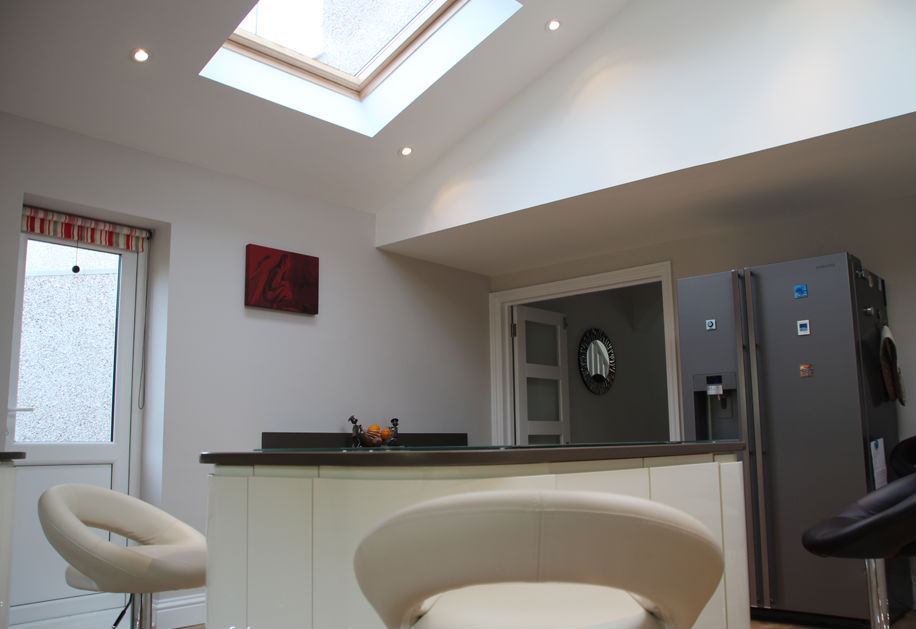Creating Dream Homes
Property renovations to improve appearance and value
Whether you want to refurb a single room or your entire property, our in house team of skilled tradesmen will take the hard work of what can potentially be an intimidating idea with an end result of your home having increased in both value and appearance. Before you consider doing any cosmetic improvements or repairs to your home i.e. installing a new floor, bathrooms, kitchen or redecorating, you should make sure you sort out all major structural problems (if any). Although cosmetic home improvements can hide many problems from potential buyers, home valuers can’t be fooled. To avoid getting embarrassed or losing a sale, it is better to focus on structural problems first. Great examples of structural problems you should fix first include; a leaking or sagging roof, rising damp, bowing walls, cracks on walls, rotten roof timbers or joist, insect infestations, broken or missing roof tiles, a collapsed slab/floor, unstable chimney stack, etc. These structural problems can be repaired easily. However, it will cost you a significant amount of money. In fact, structural problems are by far the most costly to fix of all building defects. Fixing structural problems will, however, add the most value besides being essential given the consequences of living in a home with structural defects/problems. It is important to consult a structural engineer, builder or surveyor to help you assess if your home has any structural defects. These professionals can also help you differentiate between cosmetic faults and structural defects if you are having problems distinguishing the two. Also, the importance of identifying structural defects early can’t be overlooked given the challenges associated with fixing structural problems. For instance, you may have to take down your entire roof to solve a structural roof problem such as a sagging roof yet such structural problems can be identified early i.e. in the construction stage or before you move in.
KITCHEN MAKEOVER
A hygienic and great looking kitchen will definitely increase the value of your home. Potential home buyers, as well as home valuers, focus on the kitchen, so it’s important to consider a kitchen makeover when renovating or remodeling your home. However, you need to consider factors such as space and position before you start your kitchen makeover. For instance, you need to decide if you want to make structural changes that alter the space. You also need to consider relocating your kitchen elsewhere if possible. In most cases, renovating your existing kitchen will be enough. You can start by assessing the doors and worktops for signs of damage or peeling. In such cases, simple upgrades can be made without changing everything. If basic building blocks are salvageable, you can use them alongside new components to save on cost without compromising on the outcome. To get the best outcome, consider adding components of designer kitchens i.e. timber veneered interiors as well as doors which are recessed into units as opposed to being surface mounted. You can also add new worktops, doors, and handles. High-quality worktops, doors, and handles are crucial since they are the most noticeable components in any kitchen. To get great kitchen layout ideas, consult many suppliers of kitchen components since most offer free design services to their customers. When doing a kitchen makeover, it’s also important to set aside adequate room for your fridge, washing machine and dryer. When selecting kitchen components, choose bright colours i.e. white since such colours look neater. It is possible to conduct a complete kitchen makeover with £1,500 to £2,000 including fitting. However, there is nothing wrong with investing much more for better quality i.e. bespoke features, high-quality draw runners, etc.
BATHROOM MAKEOVER
Bathrooms should look fresh and hygienic at all times, so it’s important to consider them as well when remodeling or renovating your home. The walls of your bathroom should be sparkling clean. You can achieve a sparkling clean look by using a neutral light shade of paint (ideally white). You should also make sure your bathrooms have ample light. Adding a more powerful lighting unit will help. For instance, you can replace single pendant lighting with triple halogen spotlight units. It’s also advisable to add some luxurious components to the bathroom to add even more value. A fancy bathtub, mirror, showerhead, sinks and taps will do wonders. Luxuries aside, make sure at least one of the bathrooms in your home has a shower since showers are essential for many home buyers. You should also ensure your plumbing system matches the units you buy. For instance, if you have a gravity fed system, you should consider installing a power shower. Converting roof spaces i.e. loft conversions may also require compliance with current building regulations. For instance, you may be required to add more insulation (approximately 100 mm of urethane between roof timbers and approximately 45 mm of urethane underneath trusses to reduce. Such requirements may reduce the overall headroom introducing other challenges. Safety requirements must also be considered i.e. adding fire doors to all habitable rooms. Lofts also require adequate lighting via roof lights or dormer windows. When creating dormer windows, you will require planning permission if the windows are to be installed on the front of your home i.e. facing a highway. It is advisable to do thorough professional consultations before converting your roof space for the entire process to add value and functionality to your home without a hitch.
Converting Roof Space
Adding or improving existing accommodation, amenities and storage space

Adding Central Heating
To be able to get the best out of this renovation/remodeling endeavour, you will need to add or update your central heating system while making general energy efficiency changes to your property. For instance, you will need to
- Seal all drafts (if any) around windows and doors. Leave out airbricks.
- Replace regular windows with double glazing. (Great for preventing heat loss)
- Insulate the loft space.
- Add a new heated towel rail and radiators or an underfloor heating system to the existing system to take advantage of the heat output. This, of course, applies if the existing boiler has sufficient output that meets the heat requirements of the building. This also applies if the existing boiler works perfectly.
Wiring


Electrics
Plumbing

